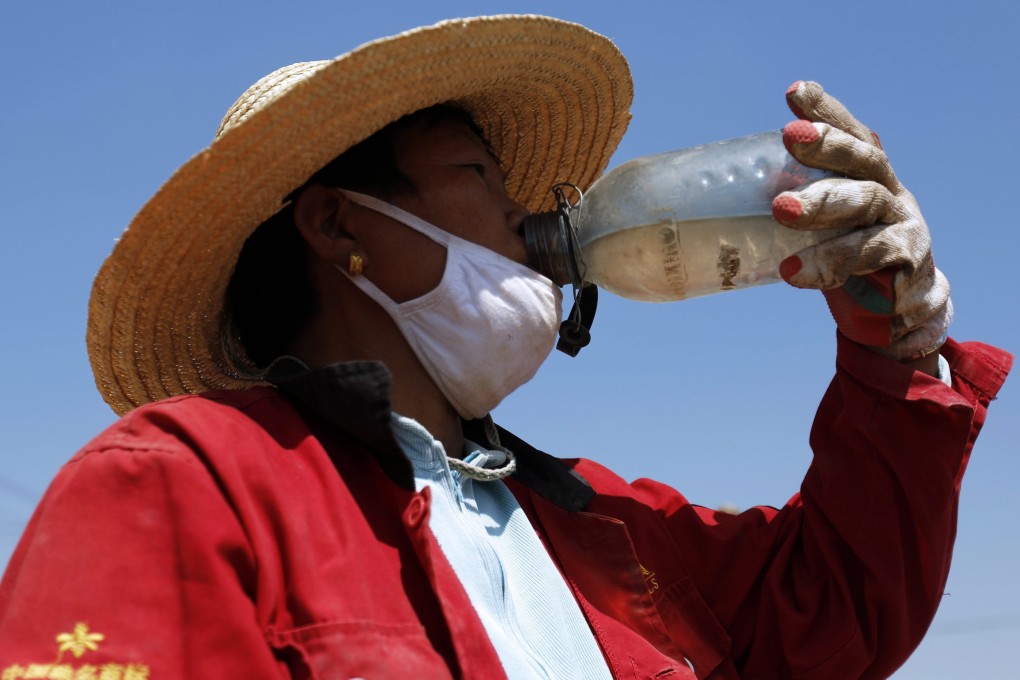China's migrant workforce 'ageing and expensive'
Changes prompt more manufacturing to move inland or to 'cheaper, younger' Southeast Asia

China's migrant workers, the backbone of the nation's labour-intensive manufacturing industry, are getting older, better educated and more expensive.
Their average age rose to 38.3 years in 2014 from 35.5 five years earlier, with 17 per cent older than 50 compared to 13 per cent in 2010, a quarterly survey by the National Bureau of Statistics has found. While their numbers continue to grow - now 274 million - the pace of growth has slowed.
A migrant worker's average monthly income rose 9.8 per cent from a year earlier to 2,864 yuan (HK$3,630) in 2014, according to the NBS, which surveyed 235,000 workers. About 24 per cent had high-school degrees or higher, up 1 percentage point from a year earlier, while 43 per cent were working in services, up 0.3 percentage point from 2013.
Only about a third of the workers were aged between 16 and 30 last year, down from more than 42 per cent from 2010. More workers are choosing to stay in western cities closer to their hometowns, although bigger cities remain their favoured location, the survey showed.
Factories are shifting orders to cheaper inland regions or Southeast Asia, as the tighter labour supply pushes up wages. Premier Li Keqiang , who wants to boost consumption and services as he rebalances the economy, vowed last month to step in if economic weakness hurt jobs or wages. He has since increased stimulus through lending measures and by cutting banks' required reserve ratios, the minimum fraction of customers' deposits they must hold as reserves.
A report by ANZ Bank said cheap, young labour in Myanmar, Cambodia and Laos would draw increasing numbers of manufacturers to Southeast Asia, eventually displacing China for the title of "world's factory".